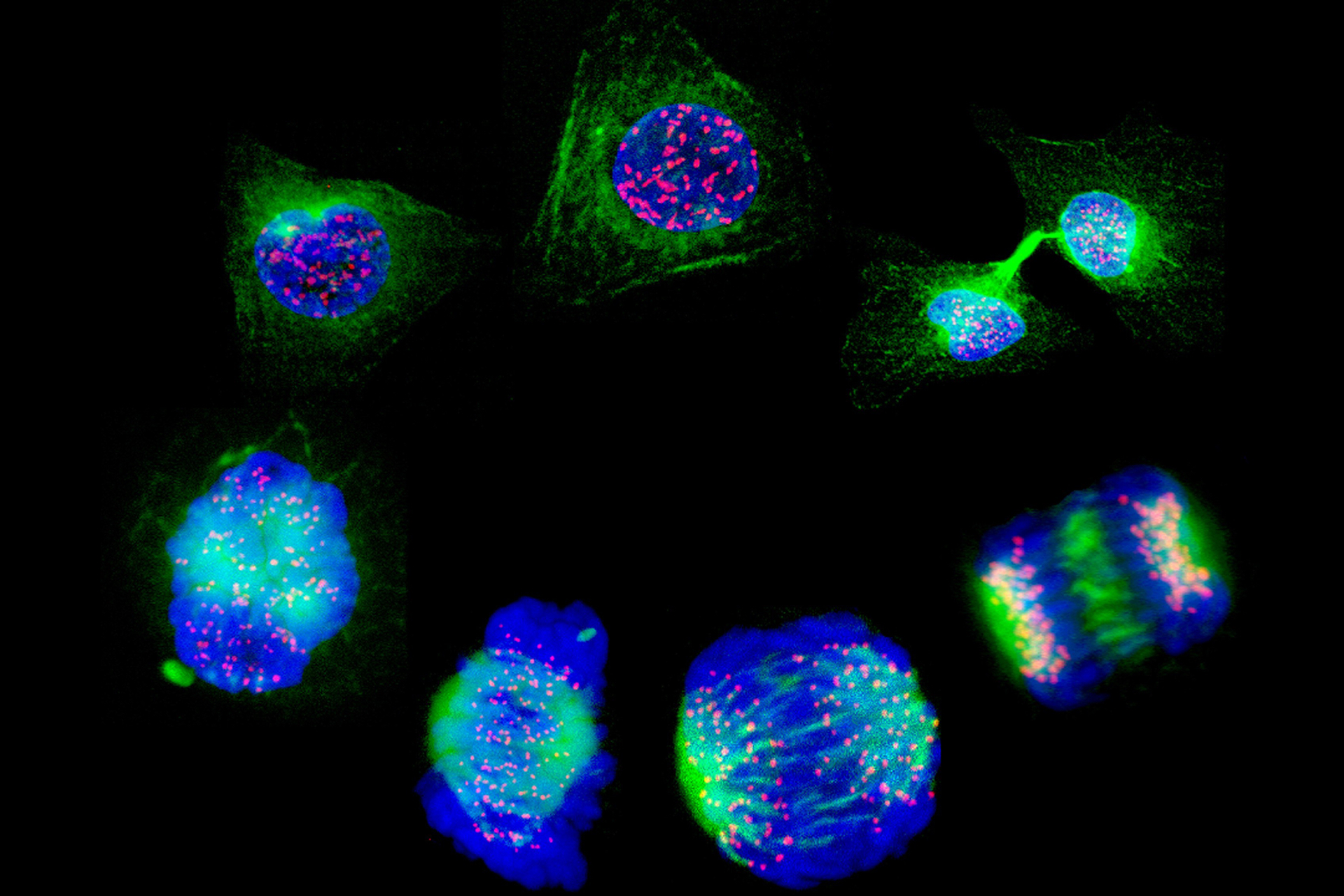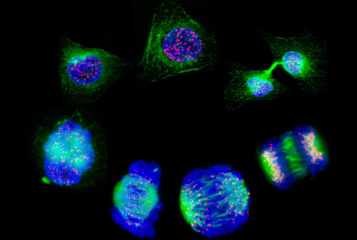A CRISPR-based treatment for sickle cell disease is one step closer to approval after an advisory committee for the US Food and Drug Administration (FDA) met to review its safety.
If approved, the therapy, called exa-cel, would be the first CRISPR-based gene therapy to gain FDA approval for use in the USA. The Cellular, Tissue, and Gene Therapies Advisory Committee, an independent advisory panel, met to discuss questions around the safety of exa-cel and the potential for off-target effects. The panel was also asked to consider recommendations for additional studies that may be required.
Professor Scot Wolfe, an expert in genome editing from the University of Massachusetts Chan Medical School, who was invited to join the panel, told CNN Health '…there's a huge unmet need for individuals with sickle cell disease, and it's important we think about how we can advance therapies that could potentially help them, and I certainly think this is one of them,'.
Sickle cell disease is a blood disease that is more prevalent in people of African descent. Patients with sickle cell disease carry a mutation in a single gene that causes problems in an essential blood molecule, haemoglobin. Their red blood cells adopt a sickle shape, rather than the disc shape of healthy red blood cells, and can block small blood vessels causing pain and organ damage.
Currently, the main treatment for sickle cell disease is a stem-cell transplant; however, it is often difficult to find a donor, meaning many people require lifelong blood transfusions, as well as ongoing pain management.
Vertex Pharmaceuticals in Boston, Massachusetts, developed exa-cel in partnership with CRISPR Therapeutics in Zug, Switzerland. The drug, formerly known as CTX001, has been shown to be effective in clinical trials (see BioNews 1108 and 1052).
The therapy involves taking a patient's own blood stem cells, called haematopoietic stem cells, and editing them outside the body. CRISPR/Cas9 genome editing is used to remove part of a gene to trigger the reactivation of a different haemoglobin gene that is usually only expressed in the fetus. The edited stem cells are then transplanted back into the patients, who are then able to start producing fetal haemoglobin, which can diminish the effects of the nonfunctional haemoglobin that causes sickle cell disease symptoms.
However, editing DNA at specific locations in the genome in this way can cause unintended
off-target effects. These unintended genomic alterations mean there are concerns over the safety of CRISPR-based treatments as they can potentially cause other side effects.
Dr Dan Bauer, a genome-editing expert from Boston Children's Hospital in Massachusetts, spoke at the meeting highlighting a particular off-target site that may be implicated in the use of exa-cel. Located on the same chromosome as the target site, this rare single nucleotide polymorphism, occurs at a frequency of 4.5 percent in populations of African descent.
He explained that there was a possibility that a DNA inversion may occur, where part of a chromosome ends up the wrong way around, but stressed that the frequency of occurrence would be rare.
'The biological significance of these inversions is uncertain – and may be negligible,' Dr Bauer told Genetic Engineering and Biotechnology News. 'It's a relatively small risk. It's new, it's unknown, but it's easily measurable… We have to be humble and open to learning from these brave patients who are participating.'
The FDA will make a decision by 8 December 2023 and, if approved, Vertex Pharmaceutical has planned to follow up with patients for 15 years to collect more data on the drug's safety.
Sources and References
-
CRISPR Therapeutics announces completion of FDA advisory committee meeting for Exagamglogene Autotemcel (exa-cel) for severe sickle cell disease
-
Is CRISPR safe? Genome editing gets its first FDA scrutiny
-
FDA Briefing Document: exagamglogene autotemcel
-
CRISPR prime time? FDA advisory committee evaluates Vertex Exa-Cel therapy for sickle cell disease
-
Panel says that innovative sickle cell cure is safe enough for patients
-
FDA considers first CRISPR genome editing treatment that may cure sickle cell
-
FDA panel says Vertex/CRISPR to assess safety risks of gene therapy in follow-up study





Leave a Reply
You must be logged in to post a comment.